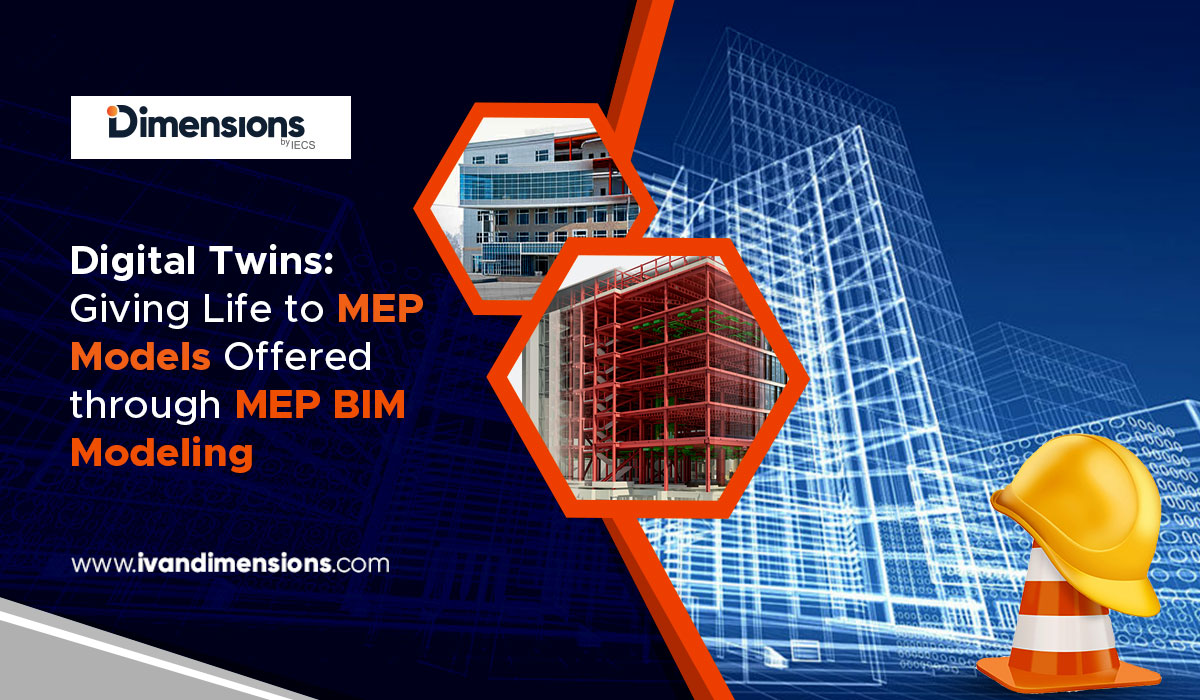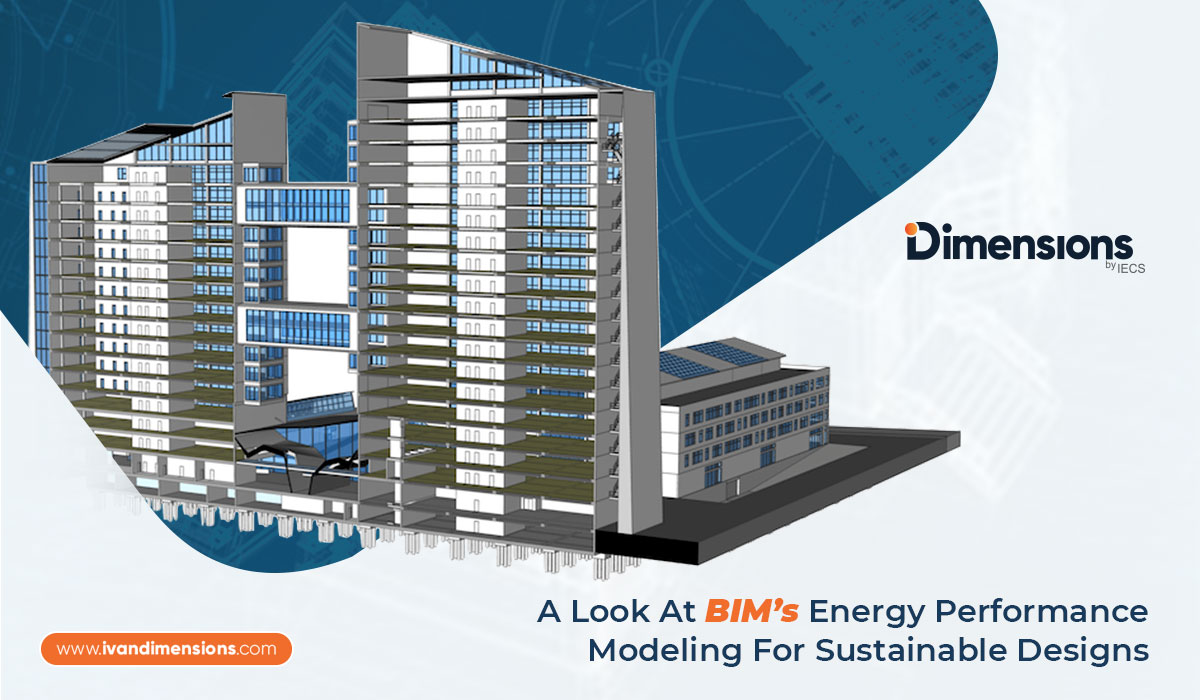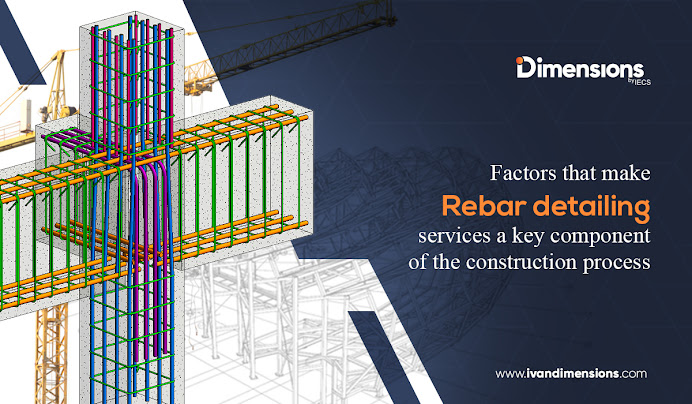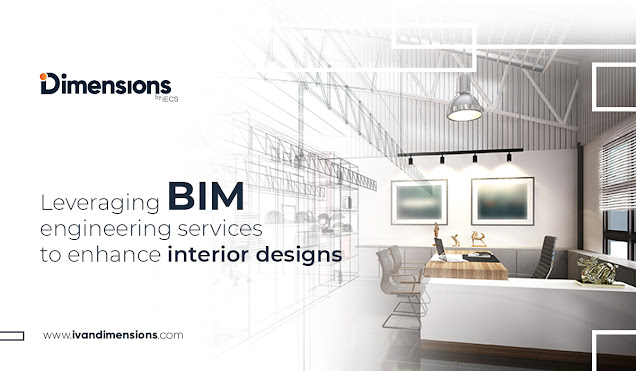Digital Twins: Giving Life to MEP Models Offered through MEP BIM Modeling
Digital twins are becoming more popular in the AEC sector as it moves toward Industry 4.0. As MEP design processes grow more sophisticated, digital twins are becoming more possible to achieve and provide several benefits. These are strong tools that may help building owners develop smart buildings while using less energy. MEP models created through MEP BIM modeling are now more accessible to cheaper sensors. How may MEP models be used after a project has been handed over to improve the functioning of buildings throughout their lifecycles?
This article gives a broad overview of the digital twin. We also go through how to convert MEP models generated by MEP BIM modeling to digital twins utilizing Internet of Things (IoT) devices—specifically, how to use cloud technology, Dynamo, and Revit 2020 software to connect MEP models and sensors. We'll also demonstrate how to utilize BI dashboards to showcase IoT live data to raise knowledge of how people use buildings and improve building upkeep. Learn how to use digital twins to bring MEP models to life, meet client demands, and make the built environment more sustainable.
Creating digital twin
When developing a digital twin, the system should be planned from the start rather than being thrown into a project at the last minute. The data necessary, how the data is created, received, stored, and wAfter the framework is in place, the technology to be integrated for the physical asset can be chosen to enable the capturing of real-time data flow.
It is necessary to specify the role of the digital twin. Will, it only be used to monitoring an asset or will it also be used to control the asset's systems? who has access to the data, as well as the sorts of digital models required, must all be prepared. Will the data be utilized for predictive maintenance using sophisticated analytics? The answers to these questions will help determine the sensors that will be utilized, how data will be gathered, and the applications that will be used to analyze the data. The sensors will add data inputs to the 3D building model generated through architectural BIM services.
The digital twin can be implemented in stages, starting with a single system and gradually expanding. It can begin as a collection of smaller system-specific digital twins that are pieced together to provide a complete image of an object. It is preferable to layer data rather than create fresh digital twins regularly. The Internet of Things (IoT) plays a role in the development of digital twins. Uniquely identifiable items and their virtual representations in an Internet-like framework are referred to as IoT. Data transfer from sensors to storage devices is an important link. The system cannot function without this link. The data offered by IoT sensors will help enrich the 3D model of the building generated through architectural BIM services.
Digital twins are employed to decipher situations that are too difficult for humans to comprehend. Models and their related data may be combined to check for conflicts and clashes at a low cost, allowing the physical model to be built more quickly. Converting 2D documentation to a real thing was formerly an inefficient iterative procedure.




Comments
Post a Comment